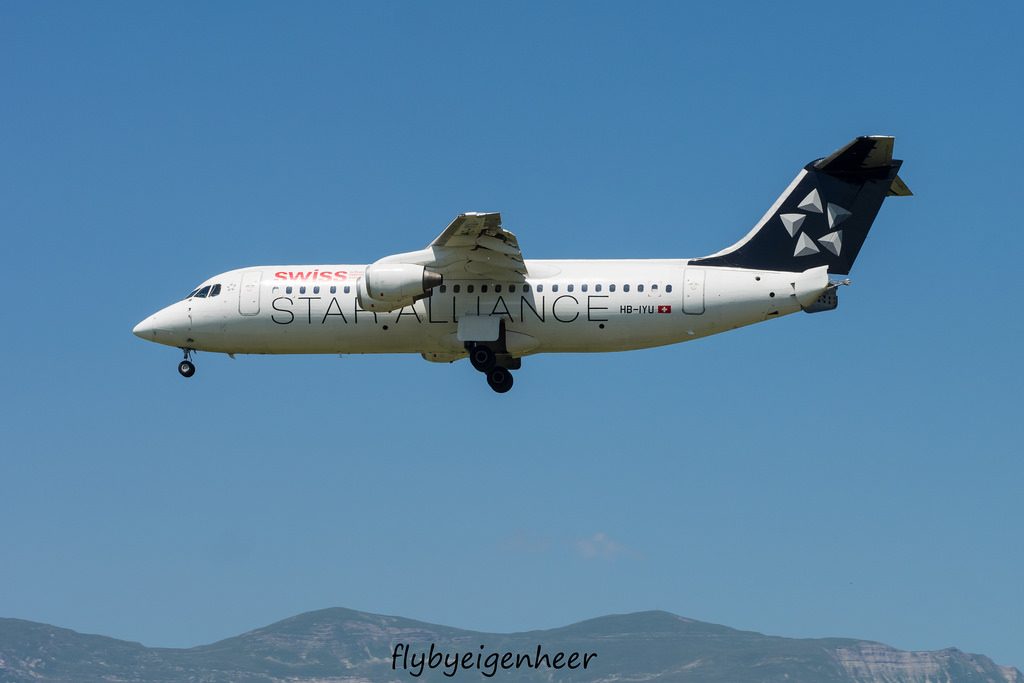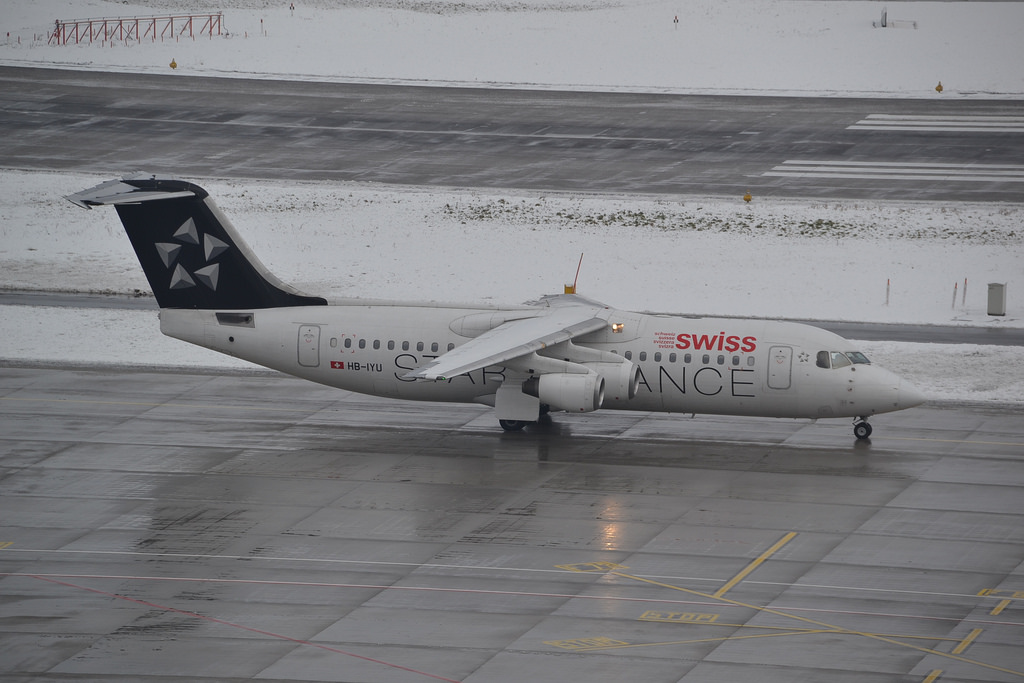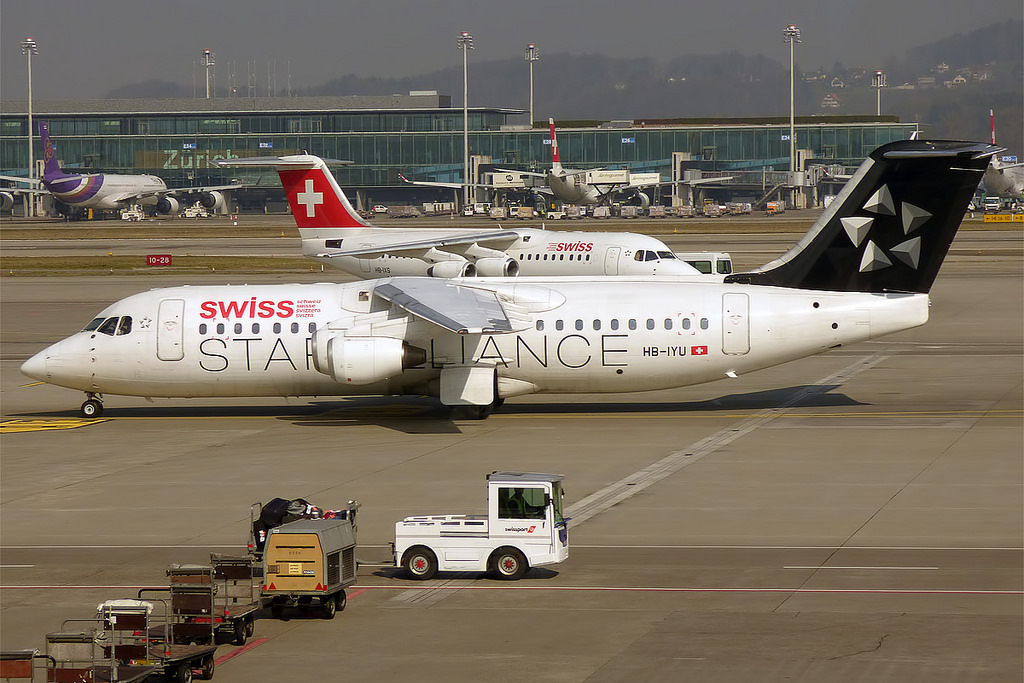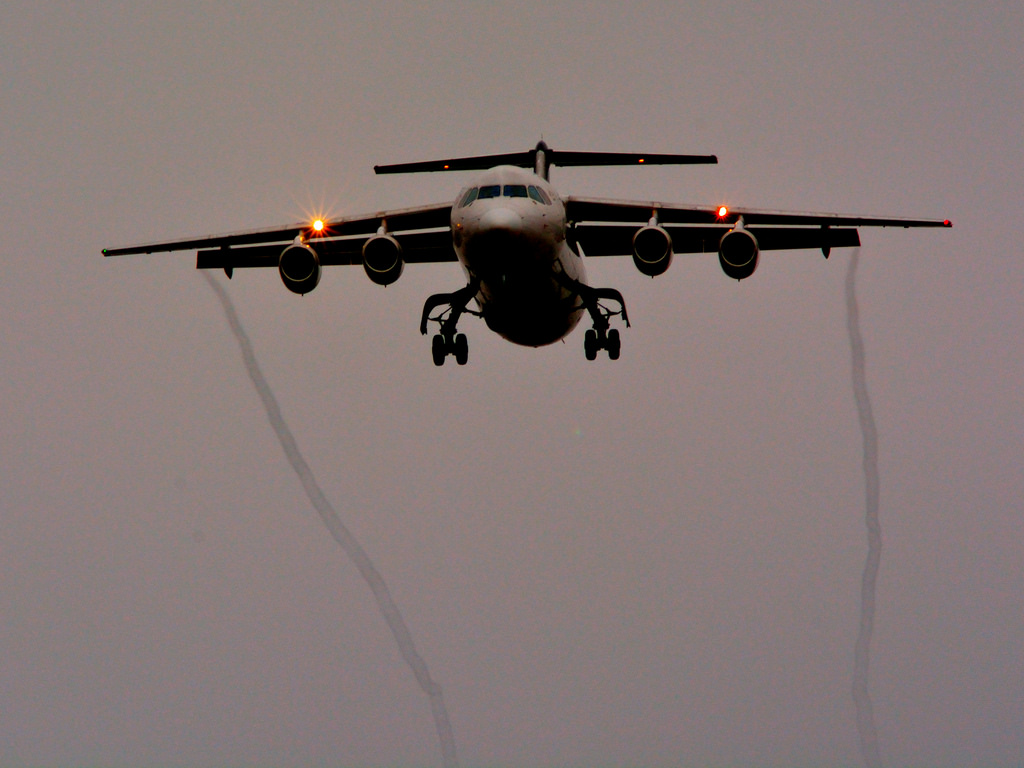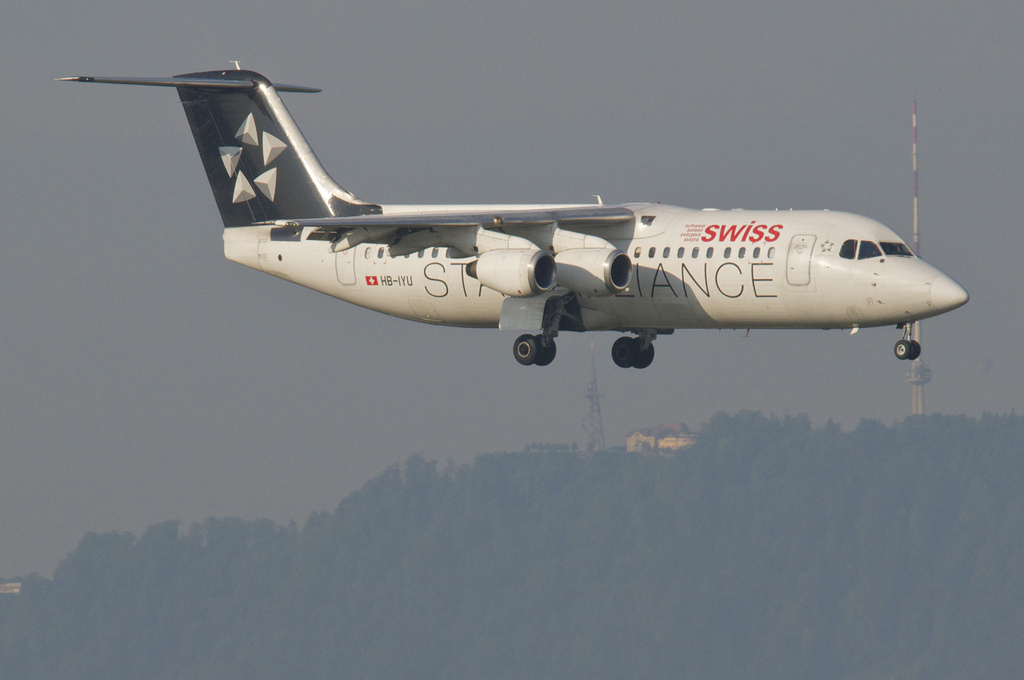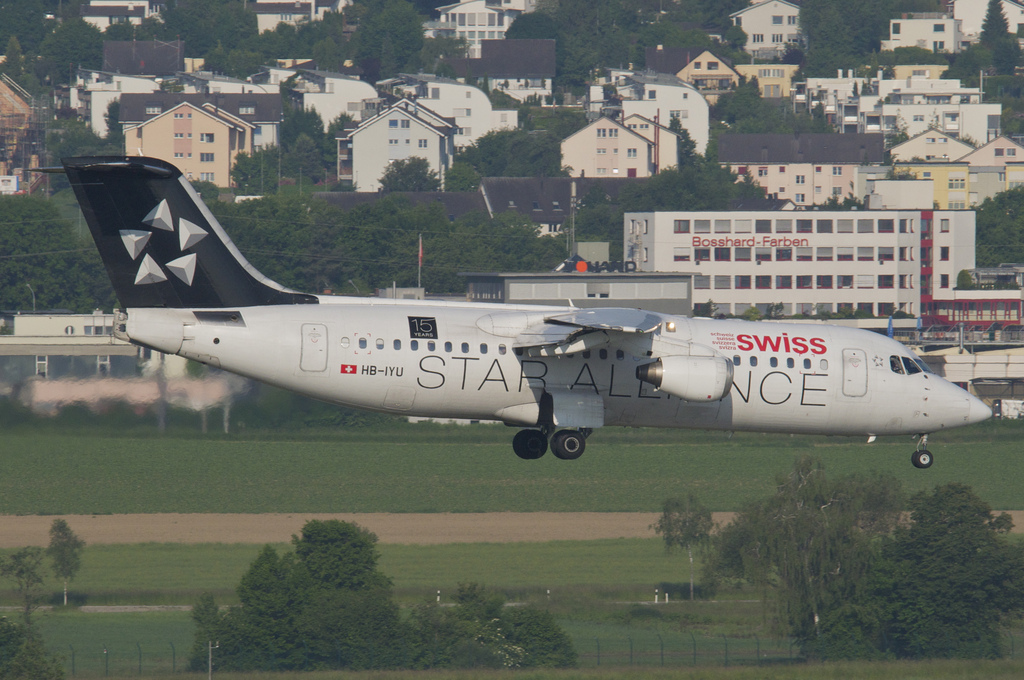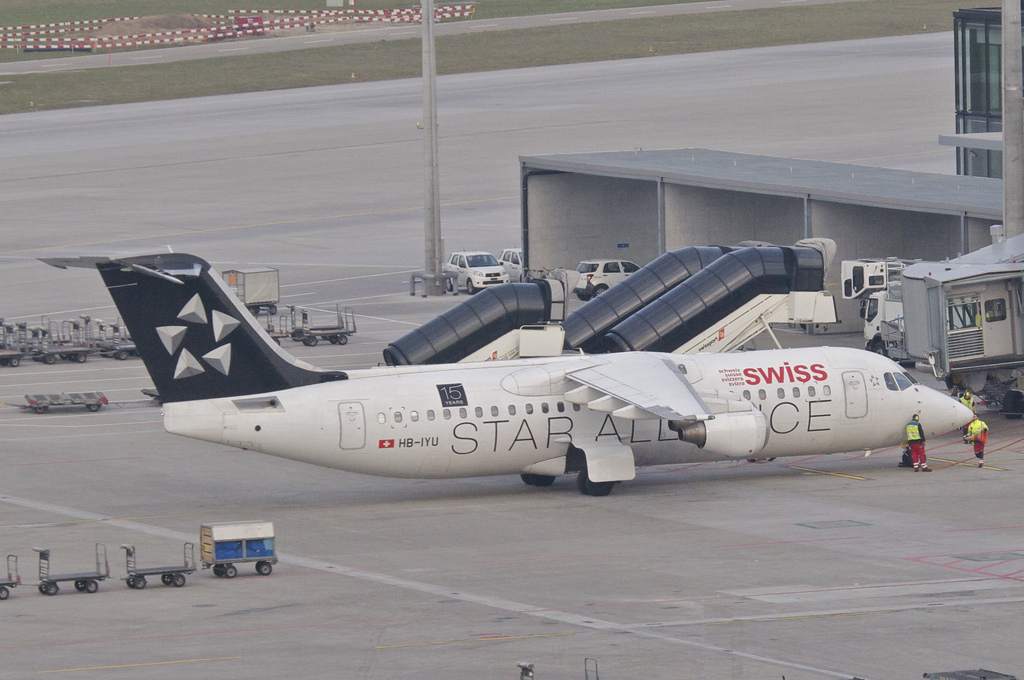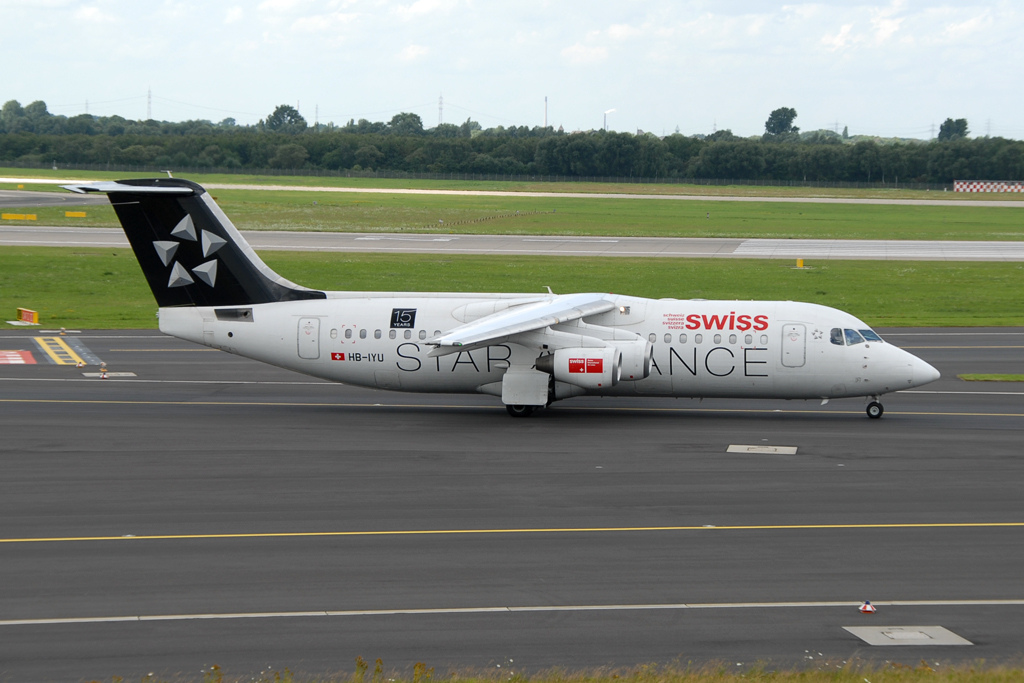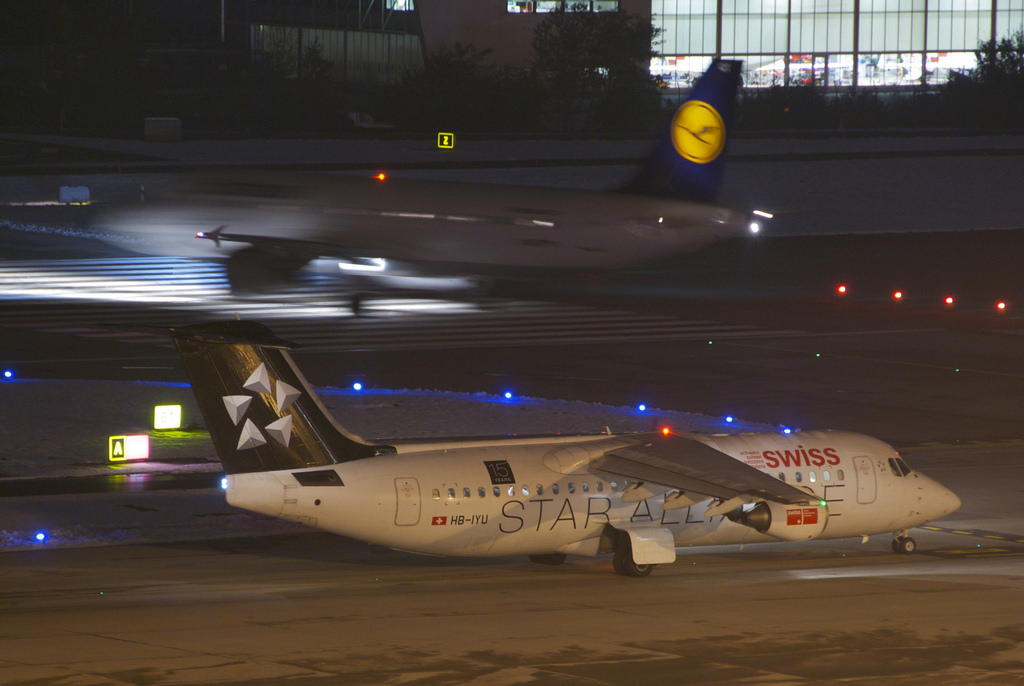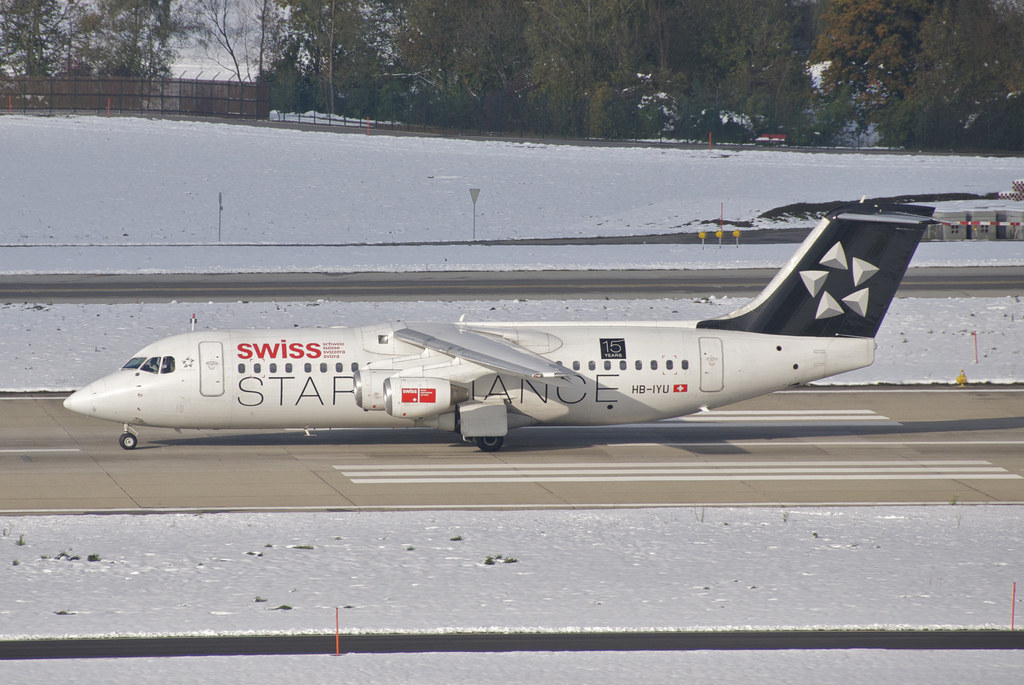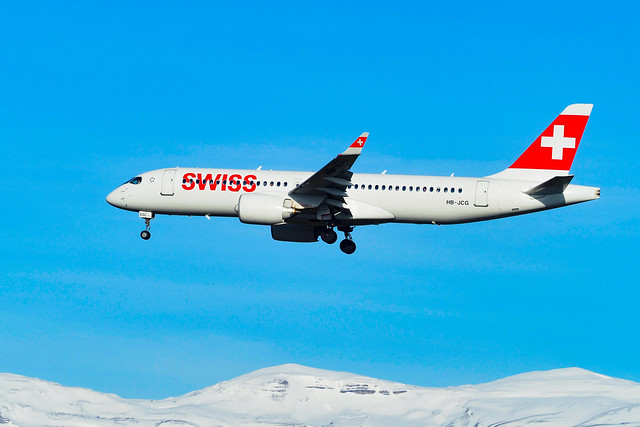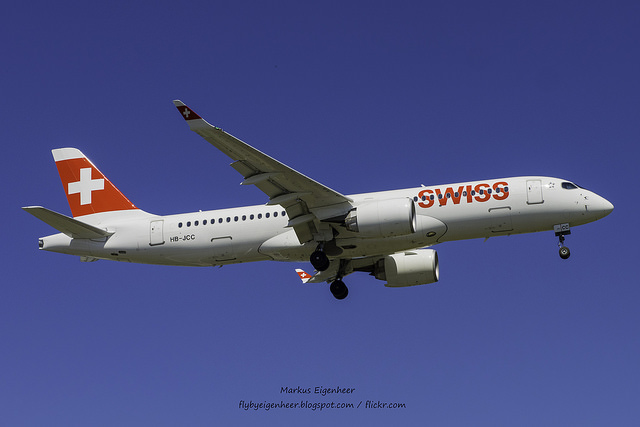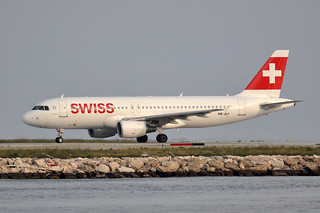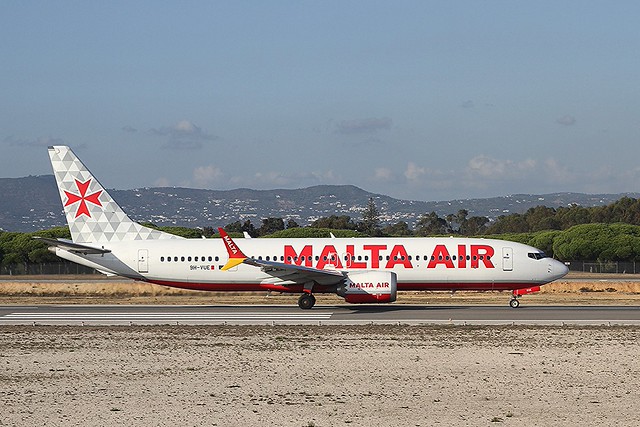Swiss RJ1H enroute on Sep 3rd 2016, fumes in cockpit and cabin
Last Update: March 14, 2023 / 16:08:12 GMT/Zulu time
Incident Facts
Date of incident
Sep 3, 2016
Classification
Incident
Airline
Swiss
Flight number
LX-2813
Departure
Geneva, Switzerland
Destination
Zurich, Switzerland
Aircraft Registration
HB-IYU
Aircraft Type
AVRO RJ-100 Avroliner
ICAO Type Designator
RJ1H
Switzerland's SUST rated the occurrence a serious incident and opened an investigation.
On Mar 14th 2023 the SUST released their final factual report without a conclusion, however the following analysis:
After take-off, a fume smell became noticeable when the air supply was switched to engine bleed air. The flight crew immediately turned off the engine bleed air and, after the APU had been restarted, again supplied the air conditioning packs with its bleed air. These actions were appropriate for the situation and both logical and justified, as the APU bleed air had conditioned the cabin’s air on the ground without any problems. It was not foreseeable that the fume smell would return after a certain period of time.
When the fume smell again became noticeable and also had physical effects on the flight crew, they immediately put on their oxygen masks. This behaviour was safety-conscious. Involving the cabin crew in the assessment of the situation and repeatedly enquiring about the air quality in the cabin was prudent.
However, the serious incident has once again demonstrated that it is virtually impossible to either identify the source of the contaminated air or to predict its further development. Therefore, flight crews would be well-advised to classify any occurrence of contaminated air that requires oxygen masks to be put on as an emergency and to act accordingly.
The report describes the following medical findings:
As stated earlier in the report, the pilots had noted a fume smell shortly after take-off which was clearly not normal. In order to improve the air supply, several changes were made to it and approx. 2-3 minutes passed during which contaminated air was inhaled. It is not clear if the changes definitely improved the air quality. However, to begin with, the pilots felt that they experienced an improved situation. But after another 6 minutes or so, the first symptoms appeared. The pilot felt an unpleasant pressure in his head. The co-pilot experienced a headache and sore throat. Therefore, the decision to put on their masks with 100% oxygen was safetyconscious. This made the situation tolerable and the flight crew was able to complete the flight without experiencing any additional symptoms.
After the flight, the two pilots went to the Airport Medical Centre (AMC) for a medical checkup. The main reason for this was that the co-pilot was experiencing a severe headache and an extremely sore throat.
Both pilots were examined at the AMC. These examinations did not produce any causal findings that could definitively have pointed towards an exogenous intoxication as described by the pilots.
Over the course of the following days, both pilots reported to their Aviation Medical Examiners (AME). The pilot was signed off as healthy within a short period of time and was certified as fit to fly on 4th September 2016. The co-pilot had a somewhat longer recovery period and did not return to flying activities until 14th September 2016.
The pilots mentioned that they considered the medical care following the serious incident to have been suboptimal.
The report describes the following technical findings:
Maintenance documentation shows that the aircraft registered as HB-IYU had previous history with regards to smell.
During flight LX 1613 from Milan Malpensa to Zurich on 11th July 2016, the flight crew already complained about an odour reminiscent of dirty socks. The air conditioning packs and the APU were examined and no abnormalities were found.
During flight LX 2813 from Geneva to Zurich on 26th August 2016, the flight crew reported a strong fume smell after they had switched the supply for the air conditioning packs from APU bleed air to engine bleed air. The following work was subsequently carried out:
- the torque values of the air cycle machines were checked;
- the APU was checked for faults;
- all four engines were examined for potential leaks;
- all four engines underwent a test run;
- as a preventative measure, the cockpit and cabin air filters were replaced.
In this case, too, the maintenance company could not determine the source of the fume smell that had been detected.
As in both instances the maintenance company did not produce any findings and the flight crew neither put on their oxygen masks nor sent an urgency message to air traffic control, the STSB had no reason to investigate these two cases.
After the serious incident on 3rd September 2016, additional experts from the MCC3 troubleshooting department and from the power plant and system engineering division were consulted for the investigation. As a result, the measures taken included inspections of all four engines and the APU using a borescope to find a potential oil leak. No such leak was found.
The extensive checks showed smaller discrepancies that could possibly have led to a fume smell. Most notable, however, was a leak in engine 1’s IDG4 oil system. The IDG oil system works independently of the engine oil system and its components are arranged around the engine compressor. The temperature control valve is situated exactly in the twelve-o’clock position directly above the engine compressor. It was found that the oil pipe connections for this temperature control valve had not been tightened using sufficient torque. Oil was therefore able to drip onto the engine compressor and get through the bleed band openings into the engine compressor, therefore also reaching the engine bleed air and the air conditioning circuit.
Another possible contributory factor was recorded: instead of flowing overboard, the contaminated air was able to get into the air conditioning circuit because the APU breather and the engine oil cooler ventilation pipes had not been correctly aligned.
On completion of all of these checks, a test flight was carried out during which all possible air and air conditioning configurations were tested. All of these tests showed no abnormalities.
Aircraft Registration Data
Incident Facts
Date of incident
Sep 3, 2016
Classification
Incident
Airline
Swiss
Flight number
LX-2813
Departure
Geneva, Switzerland
Destination
Zurich, Switzerland
Aircraft Registration
HB-IYU
Aircraft Type
AVRO RJ-100 Avroliner
ICAO Type Designator
RJ1H
This article is published under license from Avherald.com. © of text by Avherald.com.
Article source
You can read 2 more free articles without a subscription.
Subscribe now and continue reading without any limits!
Read unlimited articles and receive our daily update briefing. Gain better insights into what is happening in commercial aviation safety.
Send tip
Support AeroInside by sending a small tip amount.
Related articles
Swiss BCS3 near Zurich on Jul 24th 2022, loss of cabin pressure
A Swiss Bombardier C-Series CS-300, registration HB-JCG performing positioning flight LX-5141 from Ibiza,SP (Spain) to Zurich (Switzerland) with just…
Swiss BCS3 near Paris on Oct 15th 2019, engine shut down in flight after uncontained failure
A Swiss International Airlines Bombardier C-Series CS-300, registration HB-JCC performing flight LX-359 from London Heathrow,EN (UK) to Geneva…
Swiss BCS3 near Geneva on Sep 16th 2019, uncontained engine failure
A Swiss International Airlines Bombardier C-Series CS-300, registration HB-JCA performing flight LX-358 from Geneva to London Heathrow,EN (UK) with…
Swiss BCS1 near Geneva on Feb 22nd 2022, brakes problem
A Swiss Bombardier C-Series CS-100, registration HB-JBE performing flight LX-1082 from Geneva (Switzerland) to Frankfurt/Main (Germany), was enroute…
Swiss A320 at Zurich on Jun 13th 2021, fumes in cockpit
A Swiss Airbus A320-200, registration HB-JLP performing flight LX-967 from Berlin (Germany) to Zurich (Switzerland) with 19 passengers and 7 crew,…
Newest articles
Malta B38M at Krakow on Dec 8th 2025, sun visor temporarily shuts engine down
An Air Malta Boeing 737-8 MAX on behalf of Ryanair, registration 9H-VUE performing flight FR-3505 from Krakow (Poland) to Milan Bergamo (Italy), was…
Hokkaido AT42 at Okushiri on Dec 16th 2025, problems with left aileron
A Hokkaido Air System Avions de Transport Regional ATR-42-600 on behalf of JAL Japan Airlines, registration JA13HC performing flight JL-2891 from…
Subscribe today
Are you researching aviation incidents? Get access to AeroInside Insights, unlimited read access and receive the daily newsletter.
Pick your plan and subscribePartner

ELITE Simulation Solutions is a leading global provider of Flight Simulation Training Devices, IFR training software as well as flight controls and related services. Find out more.
SafetyScan Pro provides streamlined access to thousands of aviation accident reports. Tailored for your safety management efforts. Book your demo today
AeroInside Blog
Popular aircraft
Airbus A320Boeing 737-800
Boeing 737-800 MAX
Popular airlines
American AirlinesUnited
Delta
Air Canada
Lufthansa
British Airways
